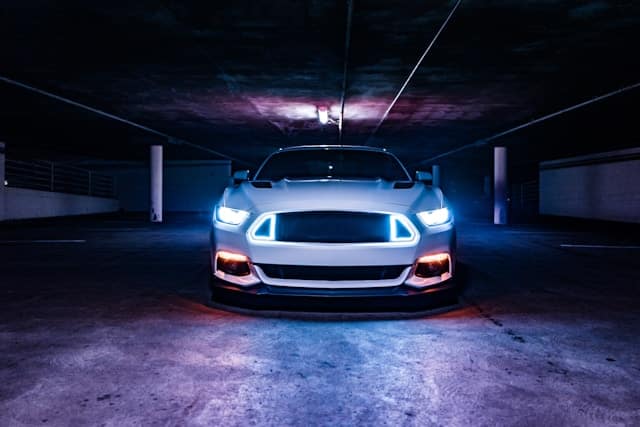The Evolution of Headlight Technology and Repair Techniques
 Headlights have undergone a remarkable transformation since the inception of the automobile, evolving from simple oil lamps to sophisticated systems that significantly enhance nighttime visibility and safety. This evolution has not only changed the way we see the road at night but has also introduced new challenges and techniques in headlight repair. This article explores the journey of headlight technology from its humble beginnings to the advanced systems in use today, alongside the corresponding advancements in repair techniques.
Headlights have undergone a remarkable transformation since the inception of the automobile, evolving from simple oil lamps to sophisticated systems that significantly enhance nighttime visibility and safety. This evolution has not only changed the way we see the road at night but has also introduced new challenges and techniques in headlight repair. This article explores the journey of headlight technology from its humble beginnings to the advanced systems in use today, alongside the corresponding advancements in repair techniques.
From Oil Lamps to Halogen Lights
The Early Days
Initially, vehicles used oil lamps, similar to those found on horse-drawn carriages, to light the way at night. These were soon replaced by electric lights in the early 20th century, which marked the beginning of modern headlight technology.
Introduction of Halogen Lights
Halogen headlights, introduced in the 1960s, represented a significant improvement, providing brighter and longer-lasting light. This technology uses a tungsten filament mixed with halogen gas to produce light, a method that remains popular in many vehicles today.
The Advent of HID and LED Lights
High-Intensity Discharge (HID) Lights
HID lights, also known as xenon headlights, emerged in the 1990s, offering superior brightness and efficiency compared to halogen bulbs. These use a gas discharge to produce light, resulting in a distinctive blue-white glow that enhances road visibility.
Light Emitting Diode (LED) Lights
LED technology has become increasingly popular due to its energy efficiency, longevity, and compact size. LED headlights use semiconductors to emit light, allowing for creative designs and integration with advanced safety features like adaptive lighting systems.
The Rise of Adaptive and Laser Headlight Systems
Adaptive Headlights
Adaptive headlights represent a leap forward in headlight technology. These systems adjust the direction and intensity of the light based on driving conditions, speed, and steering input, significantly improving nighttime visibility and safety.
Laser Headlights
Laser headlights are the newest innovation in the field, offering unprecedented brightness and range. Though currently expensive and limited to high-end vehicles, they promise to revolutionize night driving in the years to come.
Repair Techniques: Then and Now
Traditional Repair Methods
Repairing early headlight systems typically involved simple bulb replacements or electrical repairs. The introduction of sealed beam headlights simplified this process further, as the entire unit could be replaced when a bulb failed.
Modern Repair Challenges
With the advent of HID, LED, and laser headlights, repairs have become more complex, often requiring specialized knowledge and equipment. Repairing or replacing components of these advanced systems can be costly and time-consuming, necessitating trained professionals.
Restoration Techniques
Headlight restoration has become a popular solution for addressing issues like lens clouding and yellowing, which affect light output and vehicle appearance. Modern restoration techniques can significantly improve visibility and extend the life of the headlight assembly.
Conclusion
The evolution of headlight technology has dramatically improved nighttime driving safety and efficiency. As headlights have become more advanced, so too have the techniques for their repair and maintenance. Understanding these developments is essential for automotive professionals and vehicle owners alike, ensuring that headlights continue to function at their best, illuminating the road ahead for years to come.
